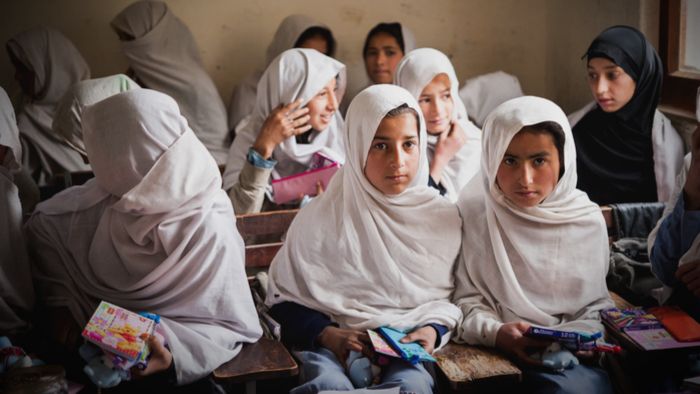Gender disparity, a term to which every individual is acquainted with, belonging to any age group.
Since our primary studies, we are acquainted with the term in its holistic manner by showcasing instances from our very surroundings and the impact of our observation plays a great role in shifting our focus towards the menace of inequality.
Gender inequality can be seen on a small scale and hence attracts the attention of everyone, whether law makers, legal analysts, reformers and social activists.

Of all the inequalities prevailed on the foundation of gender, educational inequality is the pertinent one. In every civilisation, women have been given the second lead to their male counterparts and are considered a supporter of men and caretaker of the household.
This very perception changed the prospective approach and we travelled on the path of ignorance.
However, the reforms done in the 20th century somewhat shifted the perception of the women as the caretaker of the household and reforms for their emancipation were brought. Still, the need for the reformation of the system, especially the education system, is necessary for the emancipation of womenfolk.
The gender inequality in Pakistan is not hidden from anyone. As per the Global Gender Gap Report of 2021, Pakistan has been declared as the fourth worst country in terms of gender parity. And, if we talk about the education system, it has been ranked 144th out of 156 countries surveyed by the report. The report also showcased that a disparity of 13% is marked by the education system of Pakistan. It further showed that, approximately 46.5% of the total women in Pakistan are literate, of which 61.6% attended primary school, 34.2% attended high school and 8.3% went for tertiary education.
In the same alignment, the report also alluded to the approximate period by which the disparity can be abridged. It says that in around 136 years, the gender disparity will be reduced.
Reasons of gender parity in education
The gender disparity can be witnessed in every country whether developed or underdeveloped. This disparity rises when the factor of gender is included in the same. The causes of disparity in education among gender are universal. The most pertinent one is the patriarchal mindset of the society of considering women a burden on the shoulders of father and a valuable of another home. The ideology is ever present in the world and specifically in the context of Pakistan, which contributes to the low level of women education in the country.
As per the 2018 report of Human Rights Watch titled ‘Shall I Feed My Daughter or Educate Her ?’ : Barriers to Girls Education in Pakistan, the factors which comprise keeping girls out of the schools are – low-income of the family, government being disinterested in investing in schools, high school fees, long distances of location of schools and inefficient funding of schools. The extending factors include the high indices of child labour and child marriages which left parents with no choice than to disapprove girl’s education.
In the same report, the women’s rights director at Human Rights Watch Liesl Gerntholtz reiterated that, “The Pakistan government’s failure to educate children is having a devastating impact on millions of girls, and many of the girls being surveyed are ready to join schools but they don’t have the essential requirement to go for the same.”









